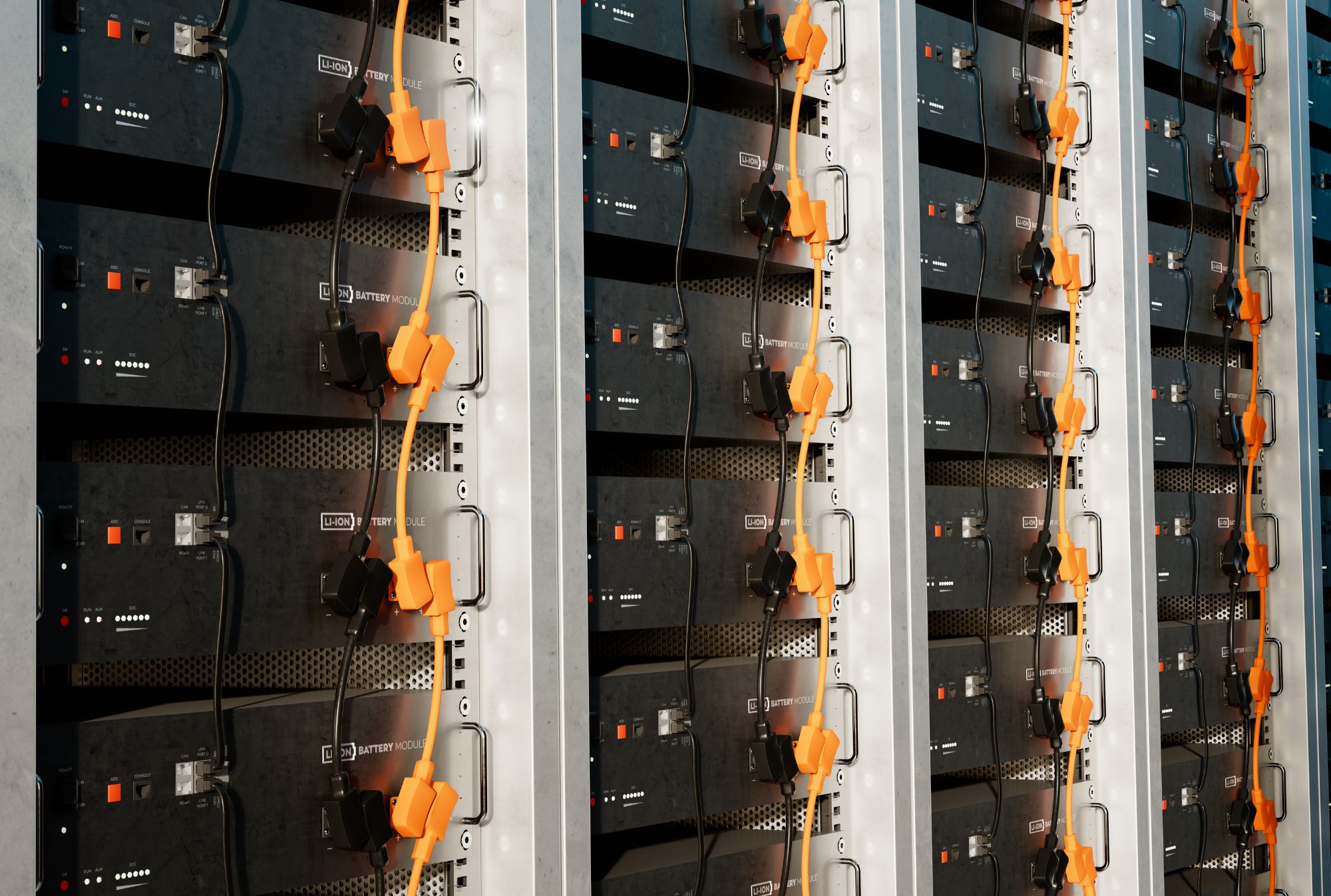This is the third and final article of my 3 part series focusing on home and business solar power systems. We’ve looked at the panels, we’ve looked at the inverter, and now we’ll look at the battery.
There are a few reasons you may want to include a battery in your installation. One, you might want to have back-up power during load shedding or a power outage. Two, you’re going off-grid, so the battery is an indispensable component. Three, you want to store some of the excess solar power generated during the day for use overnight to maximize your savings.
In this article, I’m only going to look at the first and second reasons. The third reason is a value engineering exercise. You will need to weigh the cost of the battery against the savings on your electricity bill to determine the optimal size for a decent payback period.
Energy Needs
Battery sizing is based on an energy value. You need to know how much energy you need to store in the battery for use during a power outage or for overnight use in the case of an off-grid set-up.
To determine how much energy you need the battery to store, start by deciding what devices you would like to power when there is a power outage. In the case of an off-grid setup, list the devices you will need to power once the sun has gone down. These devices could include lights, wifi, television, fridges, and so on.
There are two ways of determining the energy requirements of these devices. One way is to link an energy meter to the devices you want to support. Another way is by listing the power requirements of each of the devices (found on the nameplate) and then multiplying the power requirement by the number of hours you expect to be using the device during the outage or overnight.
Examples
As an example, let’s look at a fridge. A fridge might have a power requirement of 60 W. Let’s say you need to run it for 14 hours (5 pm in the afternoon until 7am the next day). The energy you need to store in the battery to support the fridge is 60 x 14 = 840 Wh (watt-hours). Fridges don’t constantly run at full power, so this is an overestimation, but it demonstrates the principle. You can adjust the figure accordingly.
For another example, let’s say you need to use a hair dryer for 15 minutes. The hair dryer might have a power requirement of 2 kW (or 2 000 W). 15 minutes is a quarter of an hour (or 0.25 hours). So, the energy you need to store to be able to use the hair dryer is 2 000 x 0.25 = 500 Wh. So for a fridge and hair dryer, you will need to store 840 + 500 = 1 340 Wh or 1.34 kWh.
Do this for all the devices that you need to support with the battery, adding them all together to give you your energy storage requirement.
Depth of Discharge
Batteries have a maximum recommended depth of discharge (DoD). This is the maximum battery capacity you can safely use without damaging the battery or reducing its lifespan. For lithium-ion batteries, the DoD is typically 80% (i.e. you can use 80% of the battery’s capacity safely). For lead-acid batteries, the DoD is typically 50%.
To determine the battery capacity you need, divide your energy storage requirement by the battery’s DoD. Suppose your energy requirement is 3 000 Wh (or 3 kWh) and you intend to go with lithium-ion batteries, the battery capacity you need is 3/0.8 = 3.75 kWh. Suppose you want to use lead-acid batteries, the battery capacity you need is 3/0.5= 6 kWh. Now, you can shop around to find a battery that meets this capacity requirement.
Battery Selection
Battery capacities are given in amp-hours (Ah). The battery will also have an operating voltage (V). By multiplying these numbers together, you will get the storage capacity as an energy value in watt-hours (Wh). Suppose it’s a 100 Ah battery with an operating voltage of 50 V, this means it has a storage capacity of 5 000 Wh, or 5 kWh. Select a battery that meets or exceeds the requirement calculated above. You can also add a few batteries together to meet this requirement.
Lastly, batteries also have recommended and maximum discharge rates. It’s important to ensure that the discharge rate of the battery corresponds to your needs. If a battery has a maximum discharge rate of 100 A and operates at 50 V, then the maximum power it can deliver is 100 x 50 = 5 000 W or 5 kW. If you anticipate a load at or above 5 kW, this battery will not be suitable. You either need to get a different battery, or you need to add another battery in parallel.
I hope these articles have been helpful. I’d love to hear your feedback. Also, it would be great to know if you’ve successfully implemented the concepts I’ve presented.













